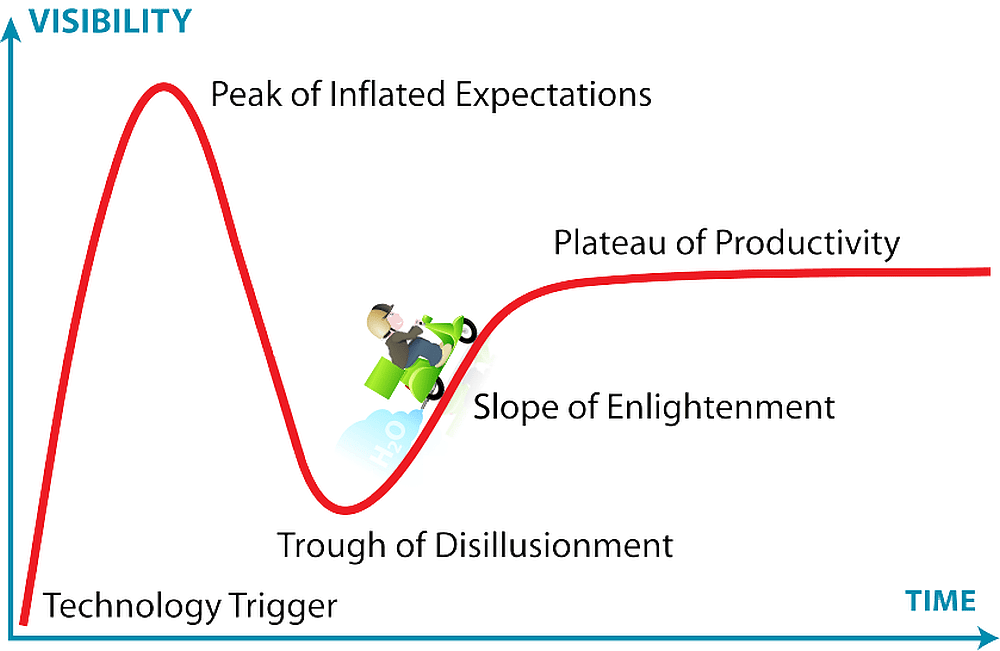[Image above] It’s all blue skies above the US Capitol in this photo, but the federal budget picture for 2014 remains cloudy. Credit: Raul654/Wikimedia Commons.
Basic government funding is set to expire at the end of September, and (big surprise!) the House and Senate are tens of billions of dollars apart on funding levels in most budget areas.
But there are glimmers of hope for some agencies that fund quite a bit of materials science research, according to a report from the American Association for the Advancement of Science, Washington, D.C. In late July, House and Senate Appropriations committees approved spending levels for the “Commerce, Justice, Science and Related Agencies” grouping that includes the National Aeronautics and Space Administration, Department of Commerce, and the National Science Foundation.
NSF might lead the pack among agencies seeing actual spending increases. AAAS estimates funds allocated for NSF R&D spending at $5.7 billion in the House version and $6.1 billion under the Senate appropriation. NSF’s FY 2014 research budget request was $6.2 billion, and it received R&D estimated funding of $5.5 billion in FY 2013 after sequestration. “While neither version would provide NSF funding equal to the request, the House version essentially provides an inflation adjustment from sequester spending plus a small additional amount,” the AAAS analysis says. “By contrast, the Senate version would leave NSF R&D at an all-time high.”
At Commerce, the National Institute of Standards and Technology performs most materials-related R&D. According to AAAS, the House budgeted a small increase for NIST R&D above estimated 2013 sequester levels. The Senate met NIST’s budget request, and provided additional funds for a manufacturing technology consortium program.
For NASA, the picture is more mixed as debate over the agency’s primary mission continues. According to AAAS, the House would allocate $10.8 billion for NASA R&D in FY 2014, while the Senate would provide $11.9 billion. “The House version would represent modest gains above sequester levels but a shortfall from both FY 2012 presequester spending and the request, while the Senate version would represent a substantial increase above sequester levels and would surpass both FY 2012 and the request,” AAAS says.
The difference between R&D spending levels for these agencies agreed upon in the House and Senate is about $5.5 billion, according to AAAS—in the grand scheme of Washington’s trillion-dollar budgets, not an insurmountable difference. But, based on recent history, the chances Congress will settle all its differences by October 1 are small. That means fiscal 2014 likely will start with a continuing resolution that will prevent a government shutdown but continue to kick the budget can down the road. Factor in a looming fight on another increase in the US debt ceiling—the very issue that resulted in enactment of the automatic, across-the-board spending cuts known as sequestration as a condition for raising the ceiling two years ago—and it’s safe to assume there’s a lot of federal funding uncertainty in the immediate future.
Author
Jim Destfani
CTT Categories
- Market Insights


